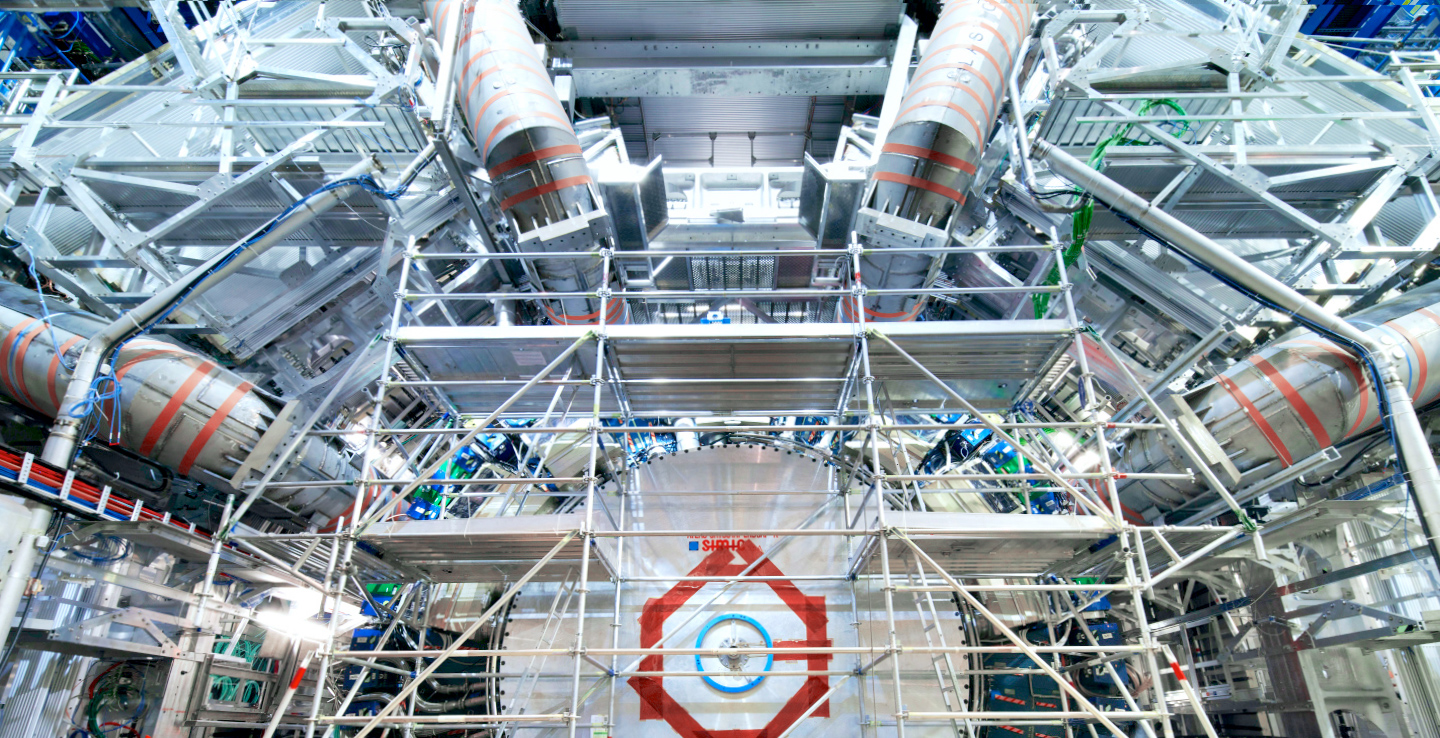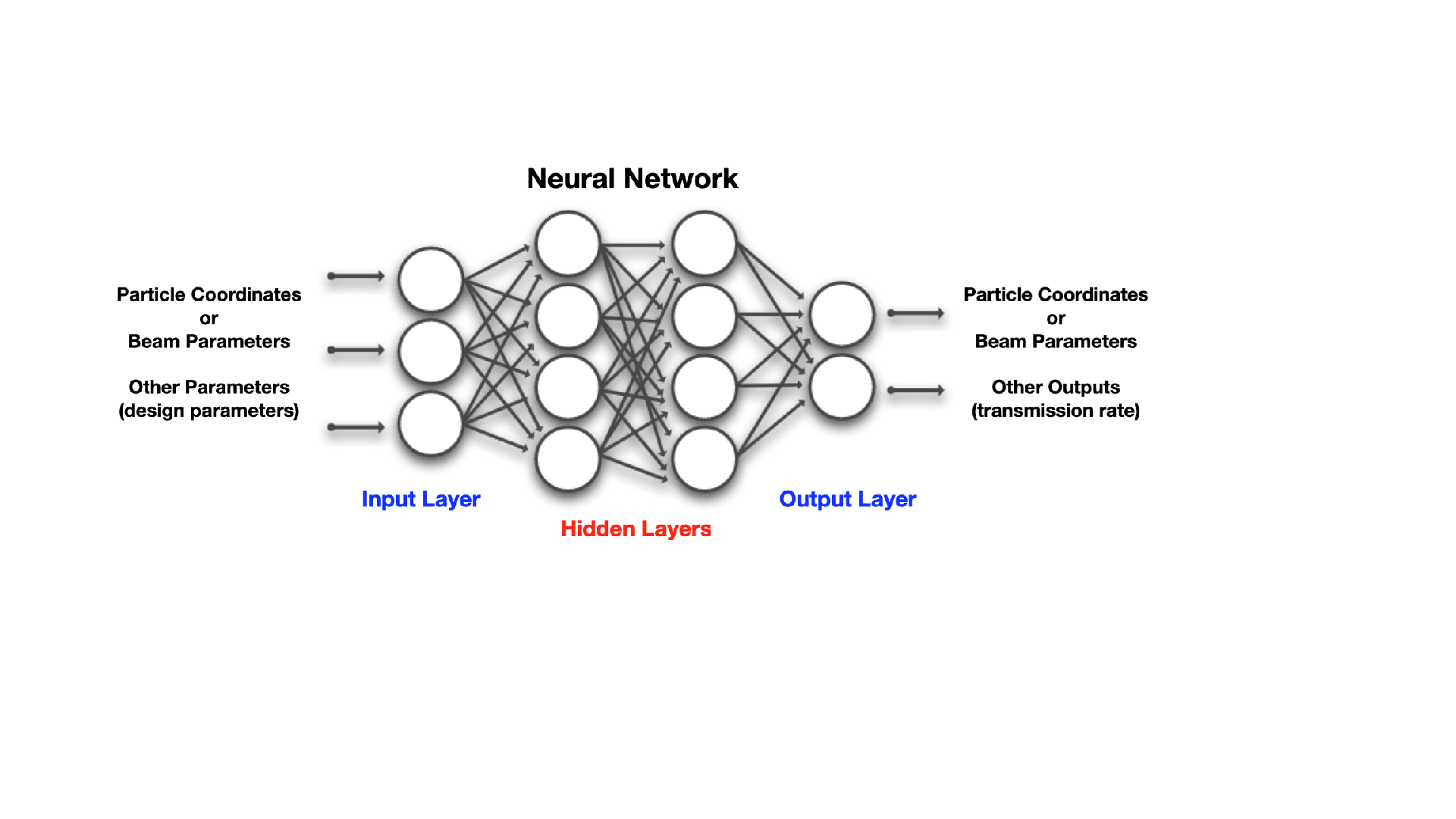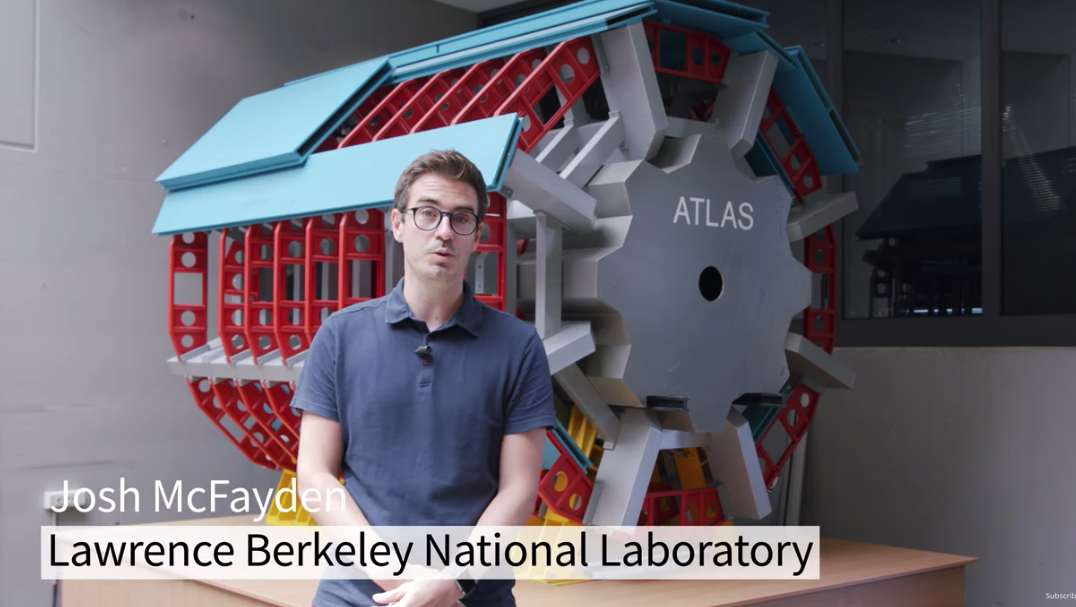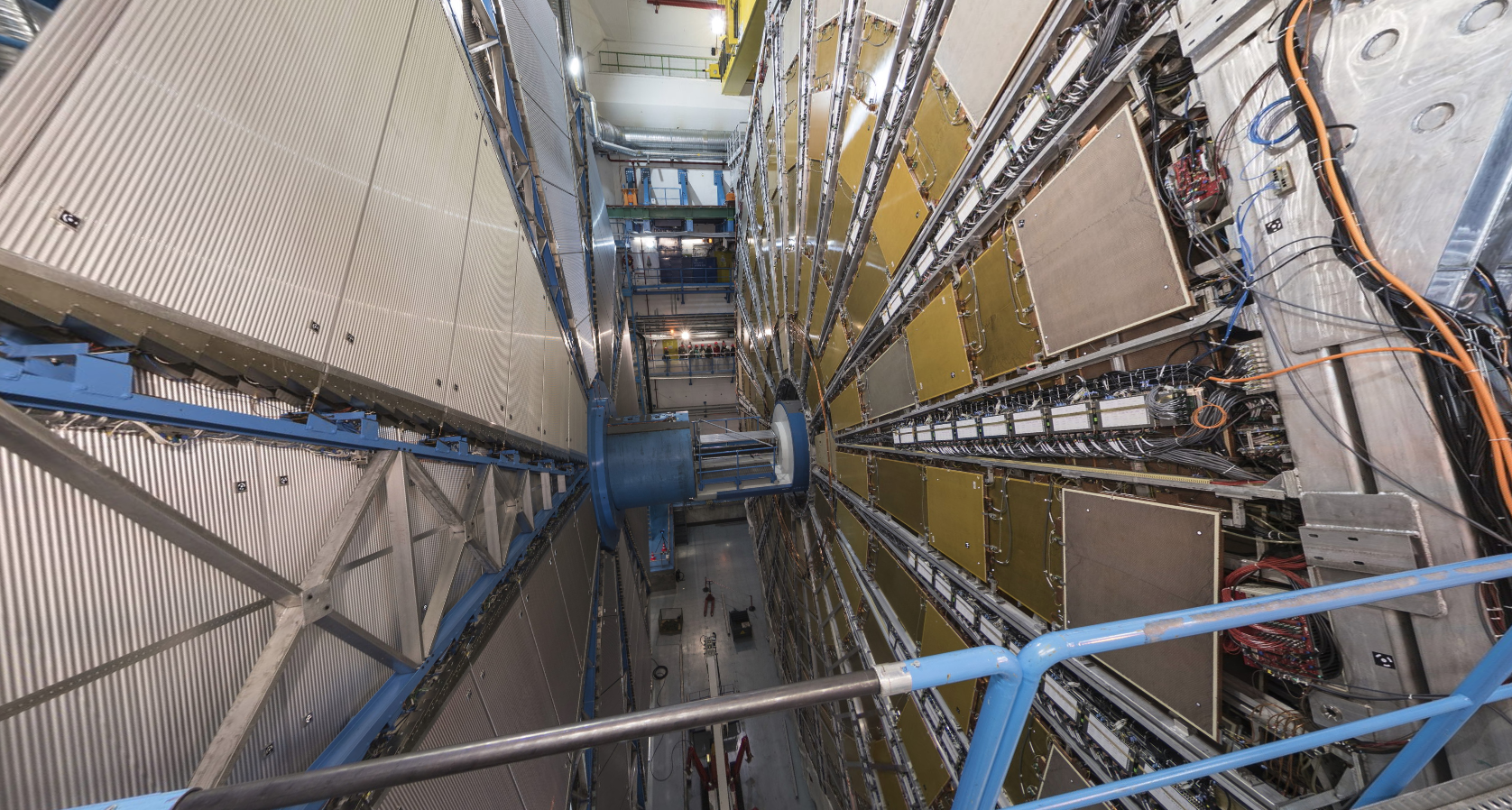A new study led by researchers at The University of Texas MD Anderson Cancer, University of California, Irvine and Baylor College of Medicine has created the world’s largest and most comprehensive map of normal breast tissue, providing an unprecedented understanding of mammary biology that may help identify therapeutic targets for diseases such as breast cancer. The Human Breast Cell Atlas, published today in Nature, used single-cell and spatial genomic methods to profile more than 714,000 cells from 126 women. The breast atlas highlights 12 major cell types and 58 biological cell states, and identifies differences based on ethnicity, age and the menopause status of healthy women.
Tag: Atlas
Department of Energy Announces $11.24 Million for Research on Nuclear Theory Topical Collaborations
Today, the U.S. Department of Energy (DOE) announced $11.24 million for five topical theory collaborations in nuclear physics (NP). These projects bring together leading nuclear theorists to collaboratively focus on solving challenging problems central to advancing knowledge in nuclear physics.

Researchers Hunt for New Particles in Particle Collider Data
Berkeley Lab researchers participated in a study that used machine learning to scan for new particles in three years of particle-collision data from CERN’s ATLAS detector.

Argonne scientists to use AI and machine learning to “tune” user facilities, starting with ATLAS
Argonne scientists awarded funding to improve Argonne Tandem Linear Accelerator System.

Another Win for the Standard Model: New Study Defies Decades-Old ‘Discrepancy’ With High-Precision Measurement
A new study dives into a decades-old discrepancy from a Standard Model of particle physics pillar known as “lepton flavor universality,” and provides strong evidence to resolve it.

In International Physics Collaborations, Working Remotely Is Nothing New
Marjorie Shapiro, an experimental particle physicist and faculty senior scientist at Berkeley Lab, has been accustomed to working remotely and observing extreme social distancing from some colleagues for years, given that the scientific experiment she supports is 5,800 miles away.
Cosmic Understanding from Miniscule Particles
To understand how elements heavier than iron formed, scientists are running particle physics experiments and astrophysical computing models that complement each other. They collaborate to find the distinctive signatures of heavy elements.